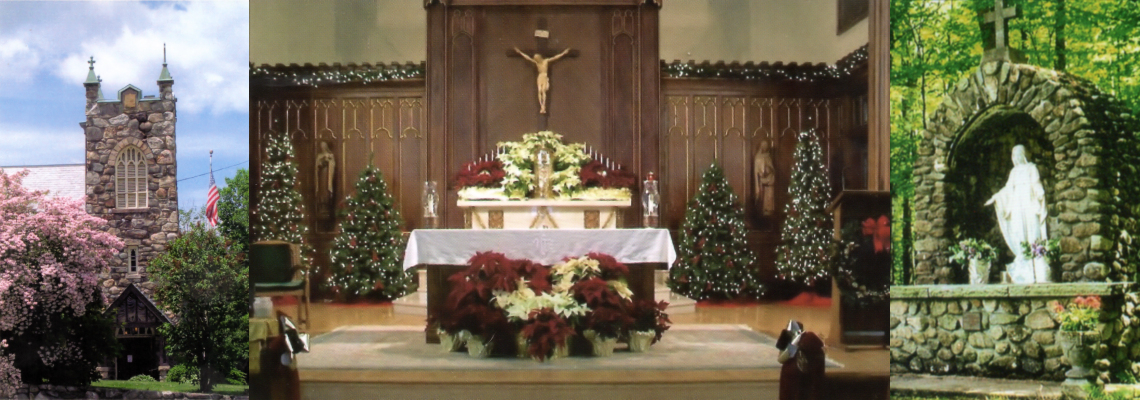An Apologetical Explanation of
Typology
What is typology?
Death reigned from Adam to Moses, even over those whose sins were not like the transgression of Adam, who was a type of the one who was to come. (Rom 5:14)
Thus it is written, “The first man Adam became a living soul”; the last Adam became a life-giving spirit. (1 Cor 15:45)
Many figures, themes, and events contained in the Old Testament point to someone or something that appears in the New Testament. These typologies, or “types,” illustrate how, in the words of St. Augustine, “The New Testament lies hidden in the Old and the Old Testament is unveiled in the New” (Quæst. in Hept., 2, 73: PL 34, 623; cf. DV 16). This has been recognized since the beginning of the Church (cf. 1 Cor 10:6, 11; Heb 10:1; 1 Pt 3:21).
Sacred Scripture comprises two testaments, but it is all one act of Divine Revelation, one Word of God. The Old and New Testaments possess a unity in their sweeping narrative of salvation history and the richness of God’s deepening self-Revelation to man, a Revelation that culminates and is completed in Jesus Christ, who is the fullness of God’s Revelation. This unity between the testaments is made most evident through typology, i.e., those persons and events in the Old Testament (types) that prefigure Christ and his salvific mission in the New Testament (antitypes).
In the story of the disciples on the road to Emmaus (cf. Lk 24:13-35), the disciples did not understand these typologies except in retrospect, when Christ explained how his life, Death, and Resurrection fulfilled the Old Covenant. It is yet one more way that “God may be everything to everyone” (1 Cor 15:28). As Christians, we read the Old Testament in light of the New Testament, with its Gospel accounts of the Death and Resurrection of Christ. Even so, the Old Testament has a value all its own: it is the Revelation of God ultimately fulfilled in Christ. (Cf. CCC 129)
What do we mean when we say, for example, that Adam is a “type” of Christ?
It is through typology that St. Paul sees Adam as a prefiguration of particular aspects of Christ, who is the first man of the New Creation. Even the snake raised up on a staff by Moses to heal the people is seen as a type of Christ (cf. Jn 3:14). There are various links to the Sacraments and other New Testament realities as well; for example, it is through typology that scholars and Church Fathers often find Old Testament references to water that prefigure Baptism.
The Catechism addresses this question in paragraphs 128-130.
The contents of this page are Copyright © 2014 Rev. James Socias (of the Midwest Theological Forum). These apologetics are reproduced with written consent of said copyright holder for St Patricks Parish, Jaffrey, NH website only. Reproduction of any sort must be approved directly by said copyright holder.
To get a hardcopy of these Apologetics or the Didache Bible please visit the Midwest Theological Forum (publisher) at: http://www.theologicalforum.org
